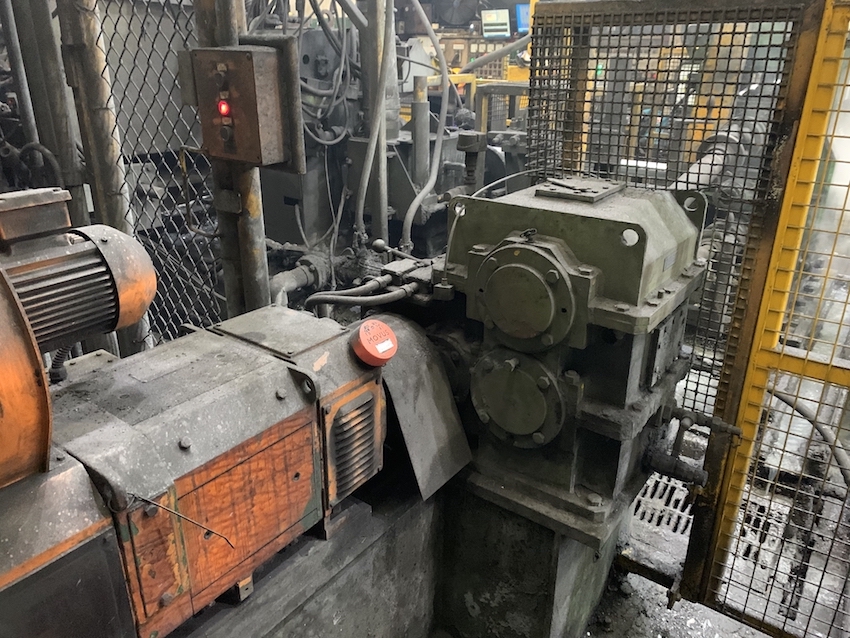In a previous post, we outlined the basics of equipment criticality: what it is and why it’s important for prioritising inspections and maintenance work.
In this post, we’re going to dive a little deeper, expanding on this important element of an asset fitness regime.
Why Assess Equipment Criticality?
Before embarking on such a project it’s important to have a clear sense of why you’re doing it. Take the time to define your goals so you can avoid wasting time and resources collecting information and then not being sure what to do with it.
Here are some of the reasons why you may want to perform an equipment criticality assessment:
- To better prioritise inspections and maintenance work
- Avoid the costliest breakdowns
- Increase worker safety
- Reduce the environmental impact of breakdowns
- Improve the overall efficiency of your operation
The Basic Formula For Assessment
There are three general components that form the basis of any equipment criticality assessment:
1) Define your risk matrix
This is a subjective process that will vary according to the equipment, priorities, and working conditions of individual organisations. Developing a risk matrix involves measuring the probability of specific risks occurring against the impact they would have on the business.
It’s important to keep in mind that the evaluations may differ significantly between the boardroom and the frontline. So making sure to include context and ramifications alongside your assessment will enable understanding by all stakeholders.
2) Organise your equipment hierarchy
Organising your equipment into a function-based hierarchy will make the process of assessing equipment criticality much simpler and smoother. For instance, you’ll want to group your assets by starting with the overall process units of your plant. Then define which equipment systems fall into those process units. Finally, you’ll define which pieces of individual equipment fall into each system,.
Even if you feel confident that your existing equipment hierarchy is adequate, take the time to review it before undertaking your criticality assessment as oversight is common over the long term. Issues like equipment with no parent system or items that have been categorised inaccurately are common. Tidying these up to begin with will save you a lot of time down the road.
3) Assess the failure risks of each piece of equipment
Here you’ll establish what risks are considered major or minor, Plus you’ll define how likely they are to happen. Pose the question, “In the event of equipment failure, what is the potential outcome?” Then assess the answer using the following rankings:
Catastrophic Outcome
A failure would produce the most severe consequences possible.
- Death of the worker(s) or permanent total disability
- Significant and irreversible environmental impact
- Complete loss of equipment
Critical Outcome
A failure would produce critical and lasting consequences.
- Injuries to the worker(s) requiring hospitalisation and/or permanent disability
- Significant but reversible environmental impact
- Damage to the equipment
Marginal Outcome
A failure would produce mid-level consequences.
- Injuries to the worker(s) that would result in missed work days
- Moderate but reversible environmental impact
- Minor damage to the equipment
Minor Outcome
A failure would produce mostly inconvenient consequences.
- Minor injuries to the worker(s) that do not result in missed work
- Minimal environmental impact
- Damage to equipment that has little or no impact on functioning
These metrics are then rated against the likelihood of a failure, spanning the following levels of probability:
- Certain
- Likely
- Possible
- Unlikely
- Rare
- Impossible
This is where the equipment hierarchy you established in Step 2 comes in handy. To make this process as systematic and streamlined as possible, begin at the top of your hierarchy and then work your way dow. Apply this checklist to each asset.
Using Technology to Enhance Your Operation
With a properly assessed fleet of equipment, you are well-positioned to launch your operation to a new level of efficiency and productivity. However, information alone is not enough. You need to know how to take advantage of that information.
That’s where a platform like the MachineCloud comes in. This tool allows you to monitor your equipment in real time, collecting information on vibration, acoustics, and temperature, in order to predict machine failure before it happens. Through the use of artificial intelligence and machine learning, it collects, organises, and analyses your data so you can make the most informed decisions. Group your assets by your newly established criticality and increase the visibility of your key equipment data. Try it for free today.
